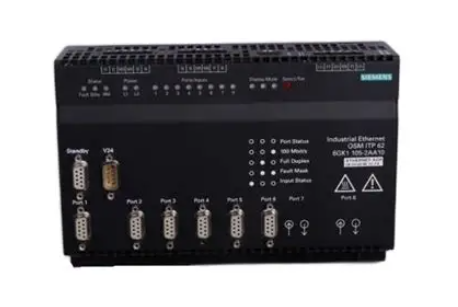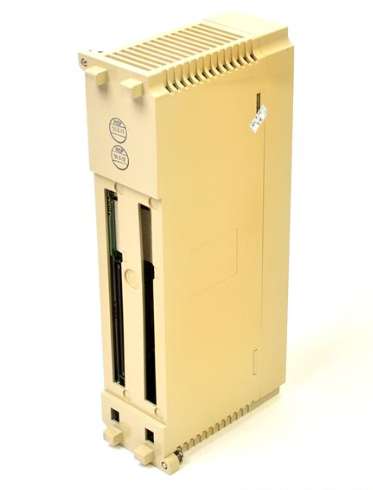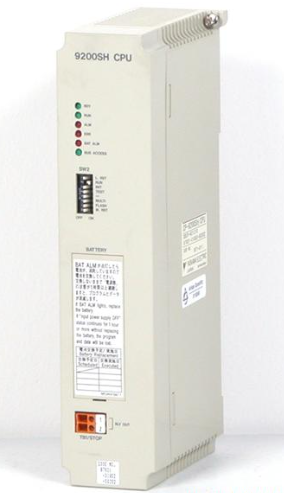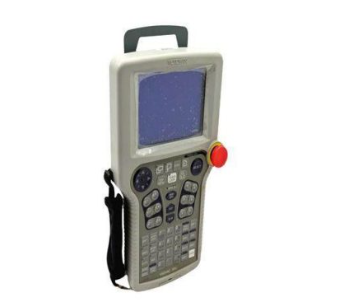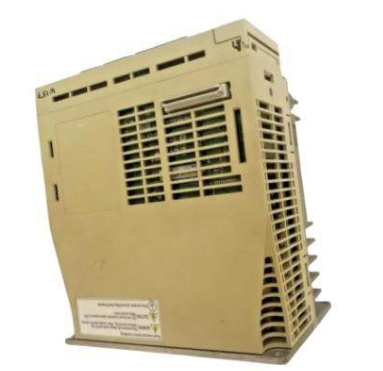How to do chemical process design?
1 Overview
To build a chemical plant, it is necessary to have a group of professional and technical personnel of chemical process, and this group of professional and technical personnel of chemical process must have the following basic conditions.
Master the basic theory of chemical engineering
Such as chemical thermodynamics, fluid mechanics, heat transfer, mass transfer, chemical reaction kinetics (chemical reaction engineering).
Master chemical process design methods and skills
Process design tasks, design scope, process designer responsibilities.
Application of basic theories of chemical engineering (chemical engineering design methods).
Process design basic procedures (process design skills).
The finished product document of the process design (content and depth).
Quality assurance procedures for process design.
Familiar with environmental protection, safety, fire and other laws and regulations
HG20667-1986 Environmental protection design regulations for chemical construction projects
SH3024-95 Code for design of environmental protection for petrochemical enterprises
HG20571-95 Safety and health design regulations for chemical enterprises
SH3047-93 Code for Design of occupational Safety and Health in petrochemical enterprises
GBJ16-87(2001 edition) Code for Fire Protection Design of buildings
GB50160-92(1999 edition) Design code for fire prevention in petrochemical enterprises
GB50058-92 Specification for design of electrical installations in explosive and hazardous environments

2 Phase of chemical construction project
The division of construction project stages is mainly based on engineering companies, which are usually divided into three stages:
Early stage of project
Project Proposal → After approval, the project is approved
Feasibility Study Report → Engineering design can commence upon approval
Engineering design
According to domestic approval requirements, it is divided into: preliminary design → construction units can start after approval; Construction drawing design
According to the international conventional practice is divided into: process design, basic design, detailed design.
Construction, installation, test run, performance assessment and national acceptance
The construction project phase is divided into four stages with the construction unit as the main body: the early stage of the project, engineering design, engineering construction, and factory put into production.
3 Content of process design
The document of process design includes three major contents: text description (process description), drawings and tables.
3.1 Text Description (Process description)
Scope of process design.
Design basis: production scale, product scheme, raw materials, catalysts, chemicals, utility fuel specifications, product and by-product specifications.
Process description: production method, chemical principle, process description.
Consumption quota and consumption of raw materials, catalysts, chemicals and fuels.
Utility (including water, electricity, steam, desalted water, refrigeration, process air, instrument air, nitrogen) consumption quota and consumption.
Three wastes discharge: including discharge point, discharge amount, discharge composition and proposed treatment method
Installation staffing
Safety Memorandum (separate book)
Technical risk Memorandum (usually for internal use, separate book)
Operation guide (usually for internal use, separate book. For professional use of process system, piping, etc.)

3.2 Drawings
PFD: is the design basis of PID, used for basic design (usually in version by version deepening).
Includes all process equipment, main material piping (indicating flow direction, material number), main control loop, interlocking scheme, heating and cooling media, and process air entry and exit locations.
Recommended equipment layout: It is the basis for general layout and device layout, and is used for basic design (usually a floor layout). The layout is carried out according to the characteristics and requirements of the process flow.
PCD: Usually an internal design process document of the design institute, which is ultimately reflected in the final PFD (usually completed by the automation professional).
3.3 Table
Material balance table: includes physical and chemical constants such as logistics composition, temperature, pressure, state, flow, density, enthalpy value, viscosity, etc. (heat load is indicated in this table or on the PFD diagram).
Process equipment data table: according to the different forms of equipment, different functions and different media can be divided into containers, towers, heat exchangers, industrial furnaces, pumps, agitators, etc. The process equipment data table should indicate the equipment position number, medium name, operating pressure, design pressure, operating temperature, design temperature, material, transmission mechanism, overall dimensions, characteristic dimensions and special requirements. (Each design institute has a variety of prescribed forms).
Table of process equipment.
Summary of sampling points.
Plant boundary Conditions Table: Usually developed and published by the process system professional (including raw materials, utilities, products, by-products, entry and exit boundary conditions, etc.).
- EMERSON
- Honeywell
- CTI
- Rolls-Royce
- General Electric
- Woodward
- Yaskawa
- xYCOM
- Motorola
- Siemens
- Rockwell
- ABB
- B&R
- HIMA
- Construction site
- electricity
- Automobile market
- PLC
- DCS
- Motor drivers
- VSD
- Implications
- cement
- CO2
- CEM
- methane
- Artificial intelligence
- Titanic
- Solar energy
- Hydrogen fuel cell
- Hydrogen and fuel cells
- Hydrogen and oxygen fuel cells
- tyre
- Chemical fiber
- dynamo
- corpuscle
- Pulp and paper
- printing
- fossil
- FANUC
- Food and beverage
- Life science
- Sewage treatment
- Personal care
- electricity
- boats
- infrastructure
- Automobile industry
- metallurgy
- Nuclear power generation
- Geothermal power generation
- Water and wastewater
- Infrastructure construction
- Mine hazard
- steel
- papermaking
- Natural gas industry
- Infrastructure construction
- Power and energy
- Rubber and plastic
- Renewable energy
- pharmacy
- mining
- Plastic industry
- Schneider
- Kongsberg
- NI
- Wind energy
- International petroleum
- International new energy network
- gas
- WATLOW
- ProSoft
- SEW
- wind
- ADVANCED
- Reliance
- YOKOGAWA
- TRICONEX
- FOXBORO
- METSO
- MAN
- Advantest
- ADVANCED
- ALSTOM
- Control Wave
- AB
- AMAT
- STUDER
- KONGSBERG
- MOTOROLA
- DANAHER MOTION
- Bently
- Galil
- EATON
- MOLEX
- Triconex
- DEIF
- B&W
- ZYGO
- Aerotech
- DANFOSS
- KOLLMORGEN
- Beijer
- Endress+Hauser
- MOOG
- KB
- Moxa
- Rexroth
- YAMAHA
- Johnson
- Westinghouse
- WAGO
- TOSHIBA
- TEKTRONIX
- BENDER
- BMCM
- SMC


Email:wang@kongjiangauto.com

